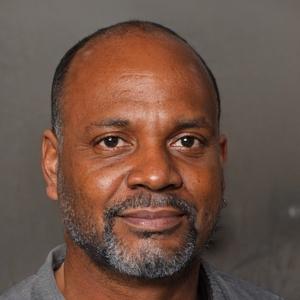Traditionally, excessive daytime sleepiness was treated by addressing the underlying cause as much as possible and trying to get the person to sleep more. For tough cases, the amphetamine derivatives (e.g. Adderall, Dexedrine), methylphenidate (Ritalin) and pemoline (Cylert) (collectively sympathomimetic) psychostimulants were administered, particularly in conditions such as narcolepsy.
The advent of modafinil has broadened the range of therapeutic options. Modafinil has a safer side-effect profile and as a result, it is now considered first-line therapy for the management of EDS in other disorders, as well as narcolepsy, has increased considerably Among practicing doctors and researchers, there is a growing school of thought that modafinil may have a role to play in other indications such as obstructive sleep apnea/hypopnea syndrome already treated by nasal continuous positive airway pressure but persisting EDS, shift work sleep disorders, neurological causes of sleepiness, and healthy adults performing sustained operations, particularly those in the military.
Drugs that change "sleep architecture" are of great interest to researchers now, and Modafinil is perhaps the most commercially successful one. While sleep aids (sleeping pills) have been around for decades, medicines that alter the sleep cycle and encourage slow-wave sleep are being pursued.
From the National Sleep Disorders Research Plan:
An important advance has been the empirical application of wake-promoting drugs to treat sleep disorders in various neurological conditions. The use of wake-promoting compounds in treating fatigue and sleepiness in various neurological disorders such as Parkinson's disease, head trauma and multiple sclerosis is increasing but these treatments deserve controlled study.
and then the report recommends future research:
Study the impact of pharmacological and non-pharmacological neurological treatments on sleepiness and sleep.
See also: Which clinical conditions are responsible for impaired alertness?
Different Kind of Stimulant
